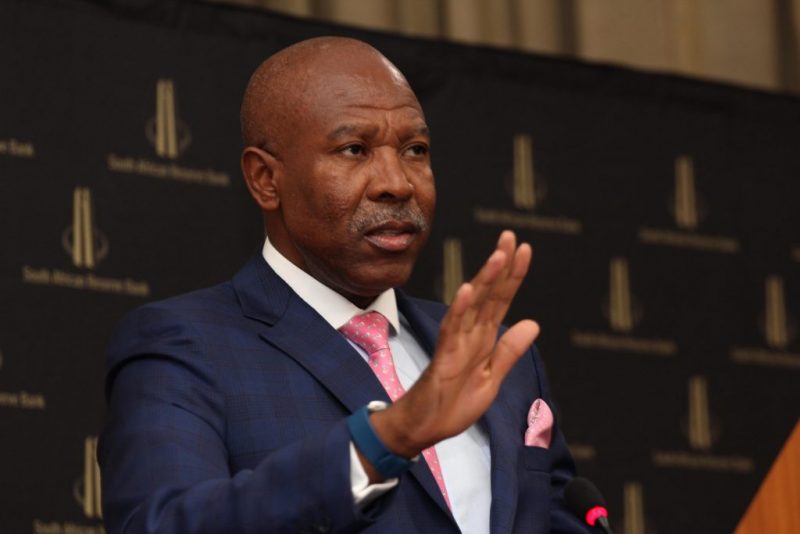A look at its unofficial plan to target inflation at 4.5%.

SARB governor Lesetja Kganyago. Picture: Moneyweb
For almost a decade, the South African Reserve Bank (Sarb) has used an inflation target range of 3% to 6%.
Officially, this target remains in place and is central to its effort to protect the value of the currency in the interest of sustainable economic growth.
Unofficially, there has been a subtle yet distinct change in tone from governor Lesetja Kganyago about Sarb’s inflation targets in recent months.
In a speech delivered at its annual general meeting in July, Kganyago highlighted that monetary policy had been successful in achieving its objective of keeping inflation within the target range of 3% to 6%, but said the Monetary Policy Committee (MPC) would “react should there be second-round effects that take inflation significantly away from the midpoint of the target range”.
The comment echoes the sentiment the governor expressed at the March MPC meeting: “While these developments [lower inflation forecasts] are welcome, the MPC would prefer to see inflation expectations anchored closer to the midpoint of the target band.”
Professor Jannie Rossouw, head of the School of Economic and Business Sciences at Wits, says under Kganyago’s leadership there has been a subtle shift from focusing on the entire target band to the midpoint of 4.5%.
The fact that Kganyago explicitly mentioned this in his address at the recent shareholders meeting sends a clear message around the Sarb’s policy, he adds.
This suggests that the Sarb is – albeit unofficially – targeting inflation of around 4.5%.
Johann Els, head of economic research at Old Mutual Investment Group, says eventually there may be an official change in the target regime. For now this thinking will filter through to its interest rate decision.
“They realise they can’t hike interest rates now,” Els says. “That is why their statements are so hawkish.”
Since the introduction of inflation targets, the top end of the target band – 6% – has unfortunately become the anchor around which consumers base their inflation expectations, Rossouw says. The Sarb wants to lower this anchor closer to 4.5%.
But what could have informed the unofficial policy shift? Particularly since the Sarb has been fairly successful in keeping inflation in check?
A possible explanation may be that CPI inflation has remained largely inside the target band of 3% to 6% between 2011 and 2016, even though the rand weakened substantially over the period (see graph below).

Els says this was an abnormal period. One would usually expect inflation to accelerate when the currency weakens that significantly, but due to economic weakness the passthrough was limited.
The Sarb may be worried that this unusual period was an isolated incident, and that any future shocks could lead to higher inflation, particularly if the economy is stronger, the pricing power of companies returns and they start passing through more currency cost effects.
“They are worried about that, so they want to drive inflation expectations lower, because it is not only about the consumer, but also about businesses,” Els says.
The move seems to be in line with global trends. Some central banks have moved away from targeting ranges to point targets. While some show tolerance around the point target, others just target a specific inflation point.
But Els warns that it may be a policy error to move towards an inflation target of 4.5% in the short term, since the economy remains very weak. The Sarb cannot risk hiking rates against the background of economic weakness and the midpoint target will have to be a medium-term goal.
“To drive inflation permanently to 4.5% over too short a term will mean they have to hike rates in a period when the economy is weak. I hope they realised that. That will be a policy error, because economic reforms are easier when things are going well and if we were to go into a serious sustainable recession or downswing, it won’t be as easy to implement policy changes.”
The Sarb recently revised its economic growth forecast from 1.7% to 1.2% for 2018.
CPI inflation accelerated to 4.6% in June, up from 4.4% in May. In its July MPC statement, Kganyago warned that headline inflation would likely increase in the period ahead and that it was expected to peak closer to the upper end of the target range.
Brought to you by Moneyweb
Download our app




